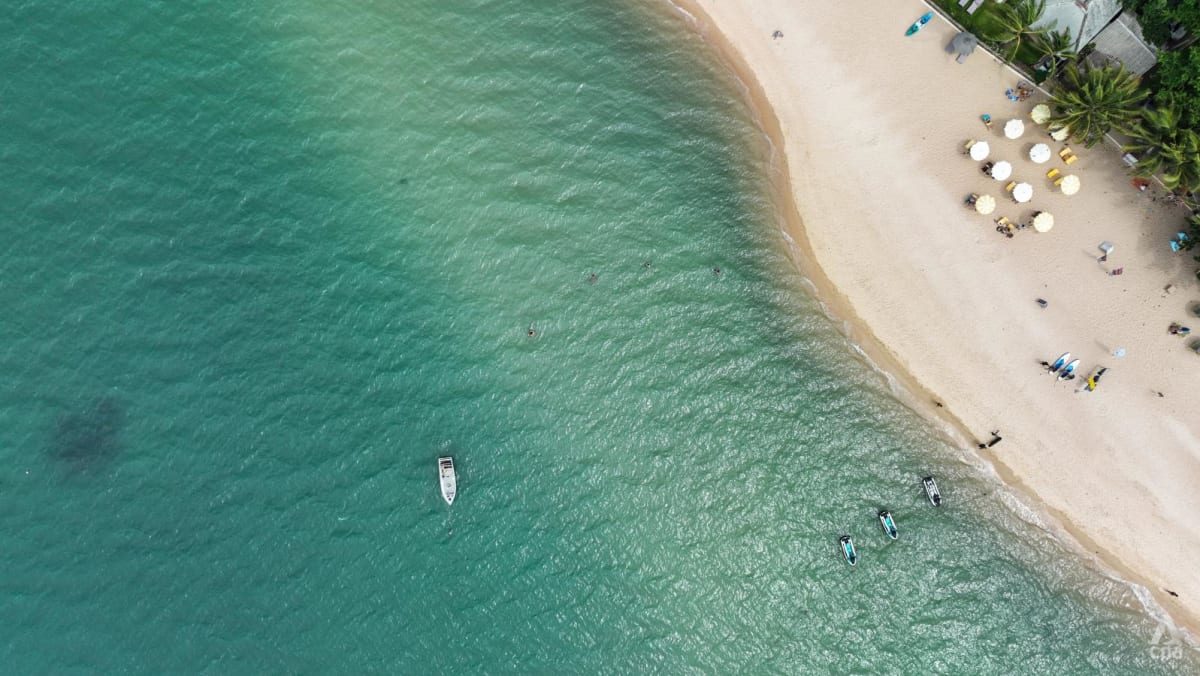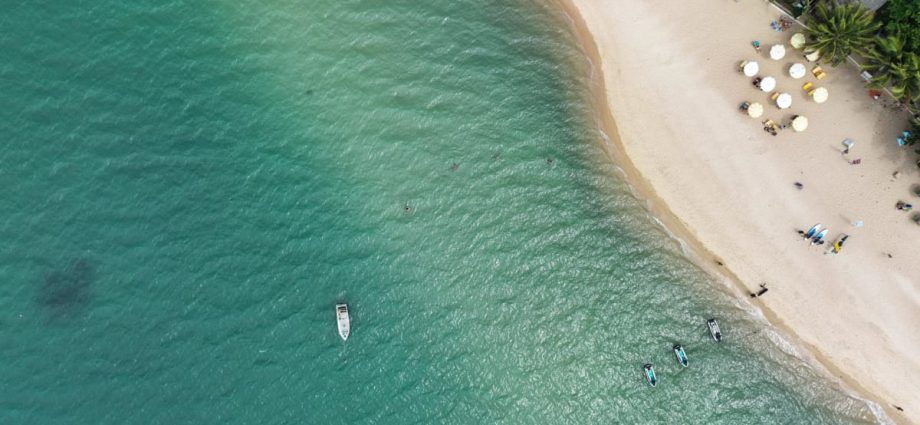
At the same time, PWA said it has received a 24 per cent increase in the number of customers it is meant to service this year, due to the dry conditions.
“Some residents on Samui are not our customers; they use water from their own deep well or shallow well. But once the drought comes, we have to provide our services to all of them as well because their wells are dry,” Mr Prateep said.
There is unlikely to be any major relief to the situation soon. While September and October are the usual wet months on Koh Samui, the onset of El Niño climatic conditions is expected to result in warmer temperatures and less rainfall.
The onset of climate change could result in permanent changes to seasonal weather patterns and prolonged hotter periods, providing less certainty around local water availability.
“Regarding the El Nino effect, this year is just the beginning. But next year will be more serious,” he said.
While a second pipeline to Koh Samui is being planned, it will likely not be operational before 2025. And a proposal to upgrade pipelines on the island itself to improve water delivery – a lack of pressure means any highland areas cannot receive water at present – has a price tag of THB1.5 billion (US$42 million).
Mr Prateep said his team has also been ordered to repair a desalination plant on Koh Samui that remains out of working order.
Given it has not been operational for several years, it needs major repairs for which there is no budget approved. The plant is normally too expensive and energy intensive to run.
Another reservoir at Chaweng Beach that could feasibly help ease the burden on the water shortage situation cannot function due to saltwater intrusion.
“Actually the government has its master plan and each agency concerned is coordinating with each other but the budget of each agency is being allocated at different times, which makes it look like it’s a lack of collaboration between state agencies,” Mr Prateep said.
Authorities have resorted to cloud seeding operations to induce rain over the island in previous dry years. But the idea is generally dismissed even by those requesting it due to its unpredictability.
“It did not work well because the rain mostly missed the target as it dropped into the sea, not on the island,” he said.

